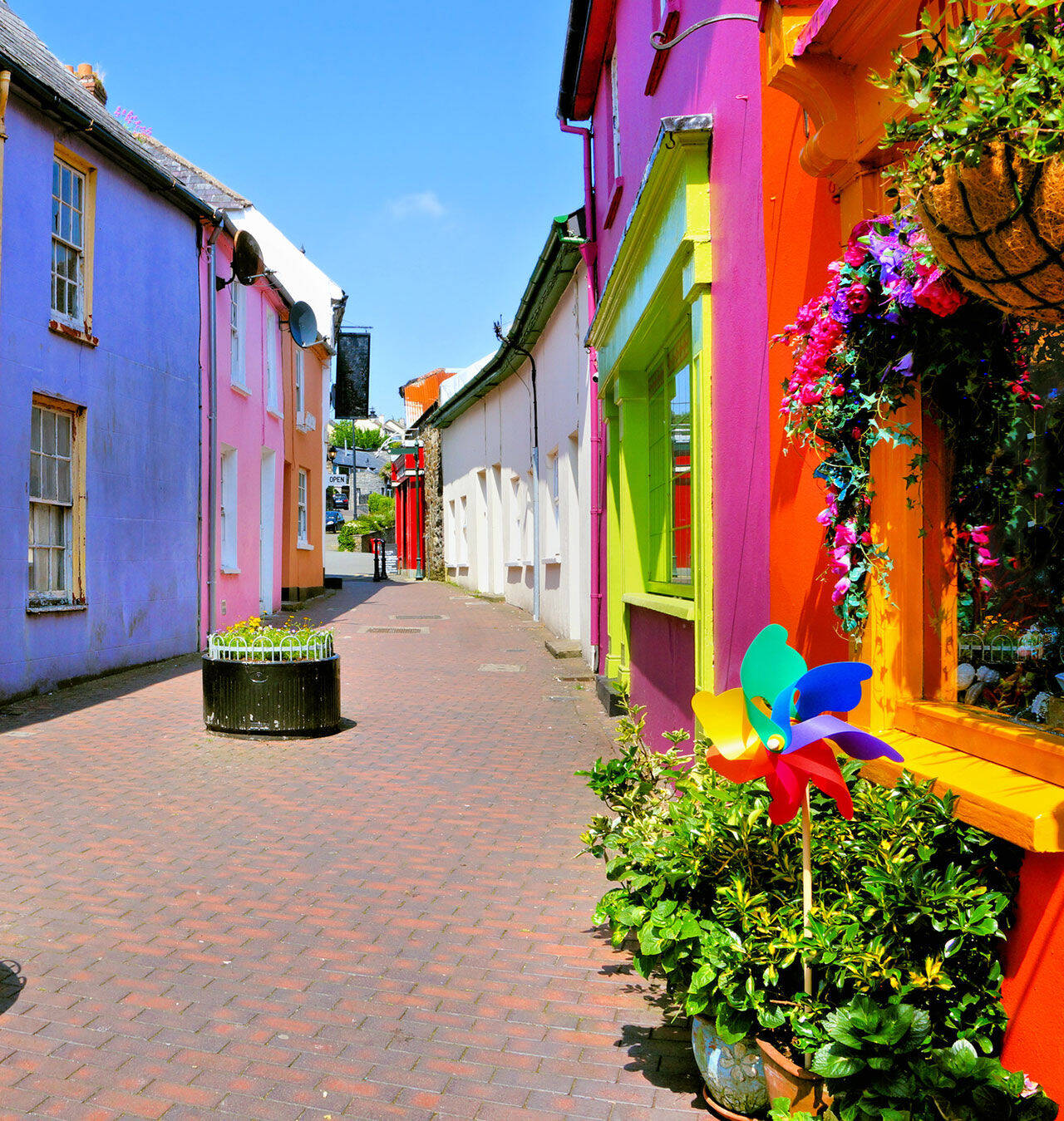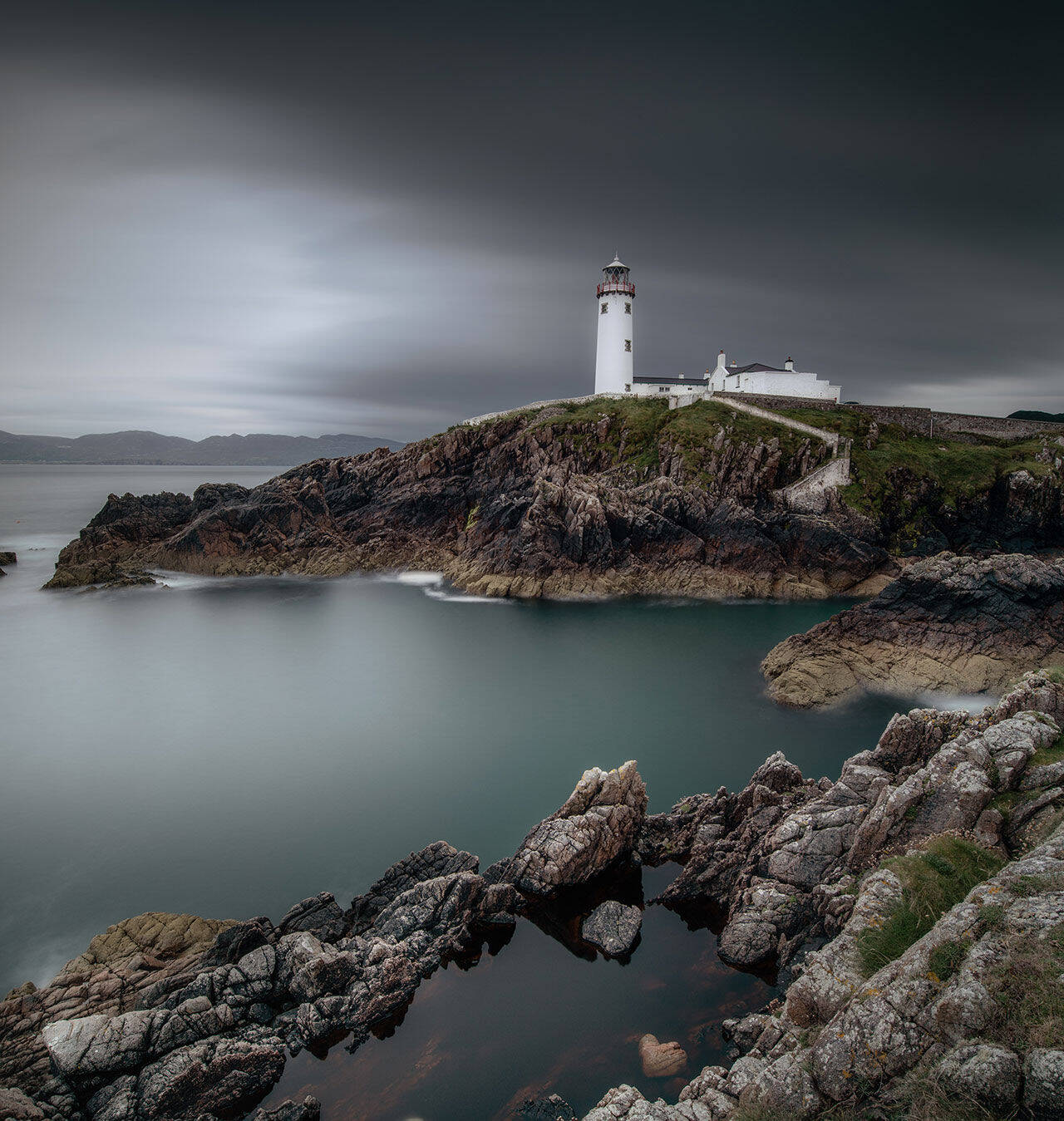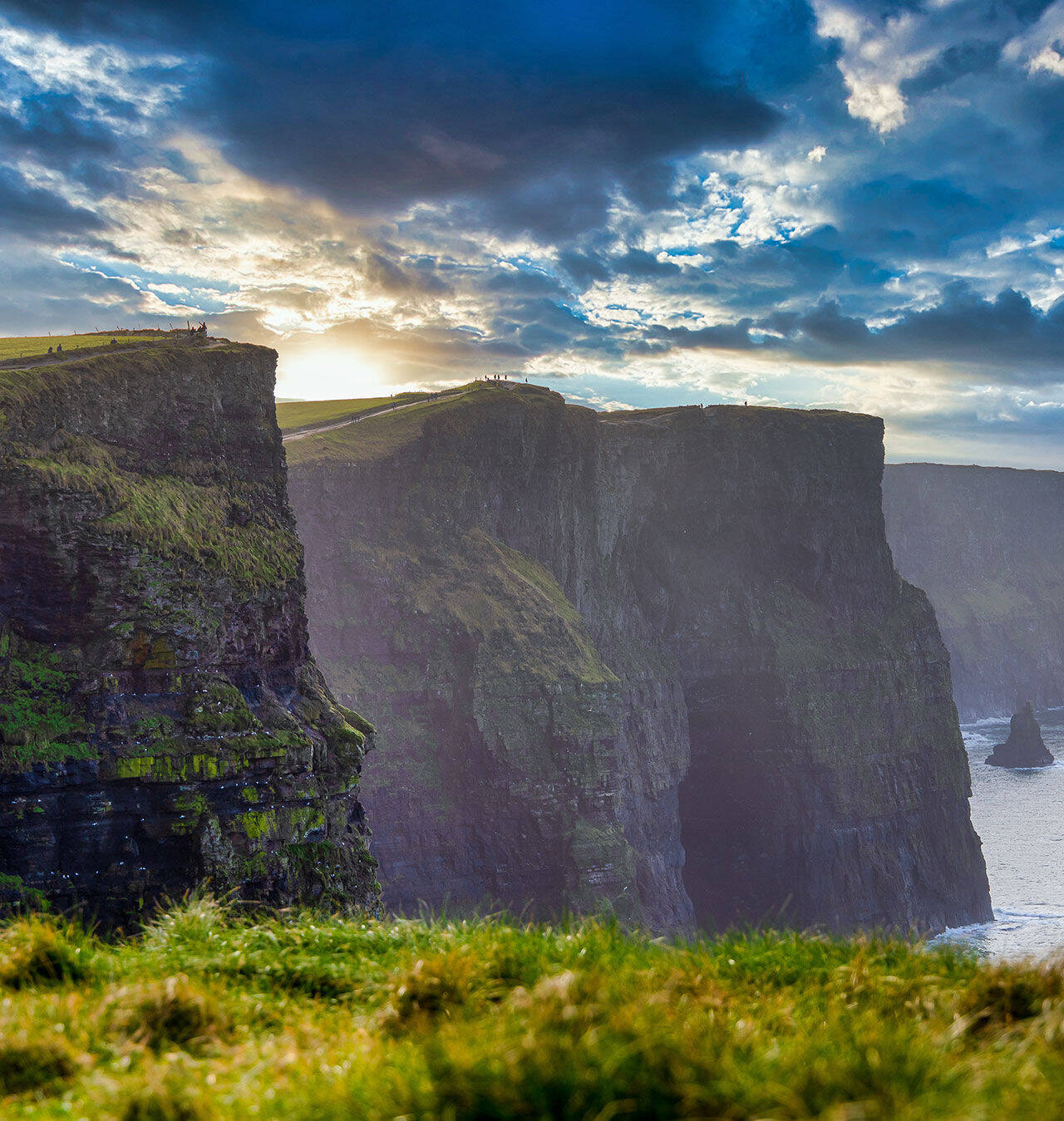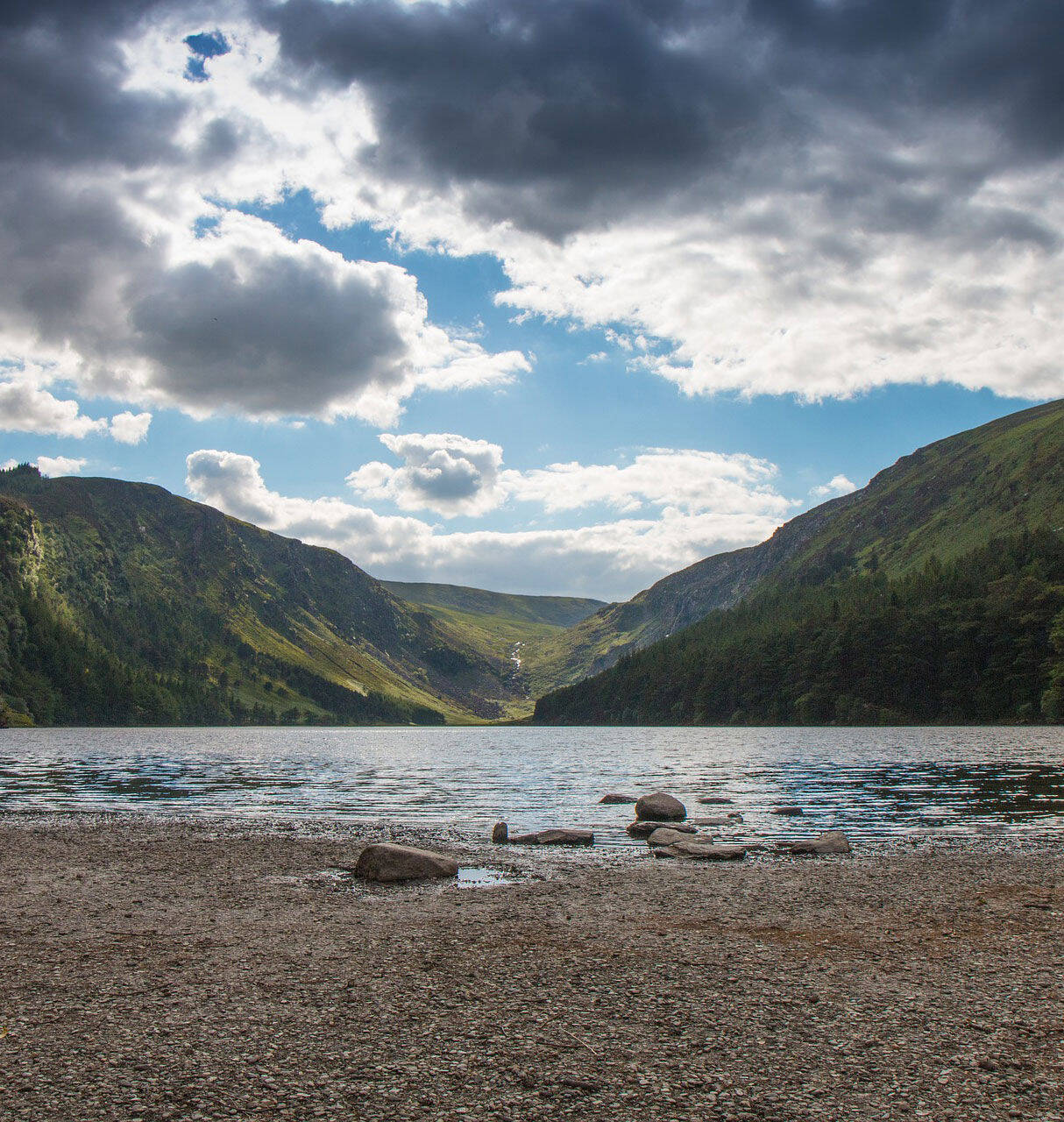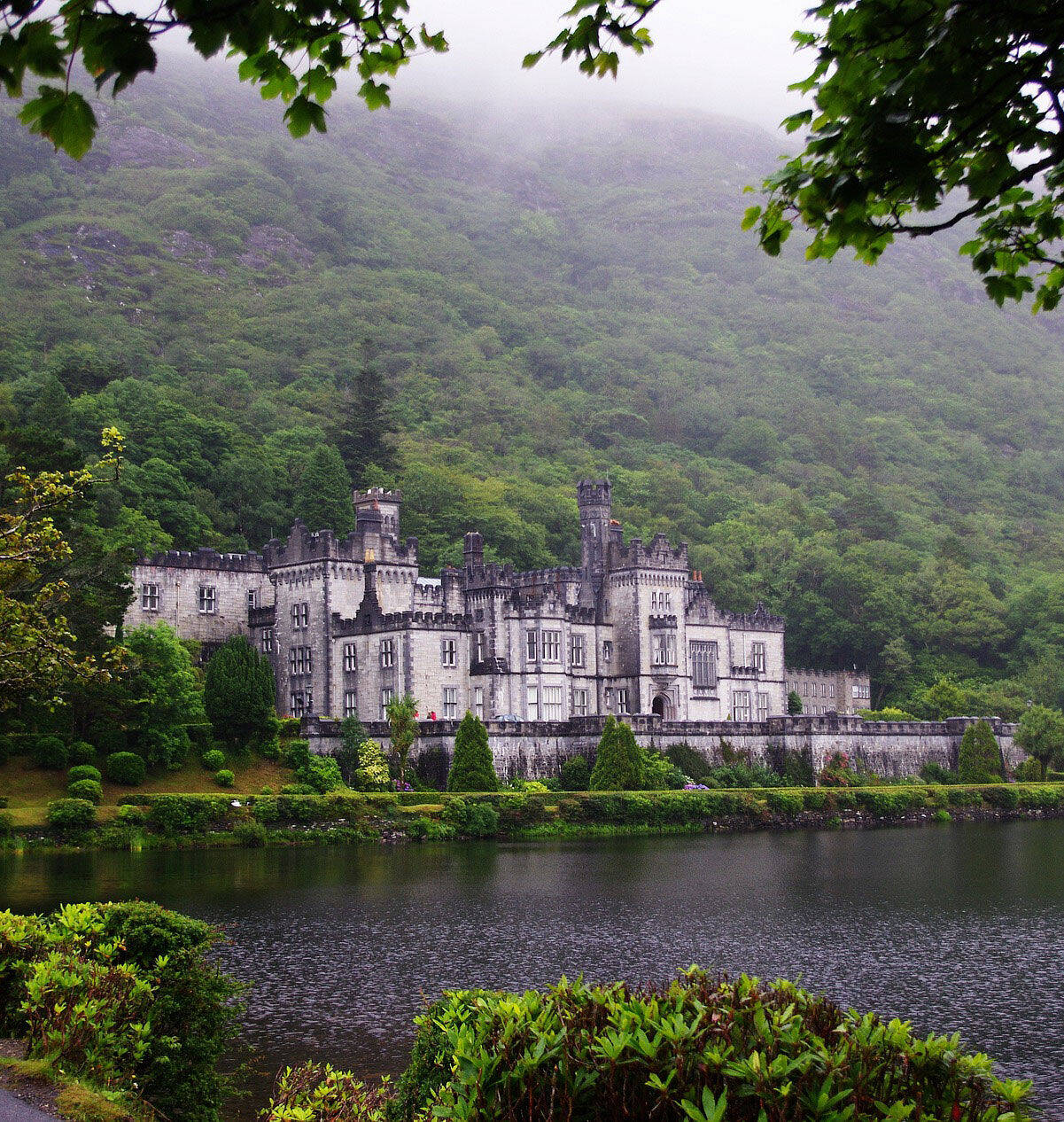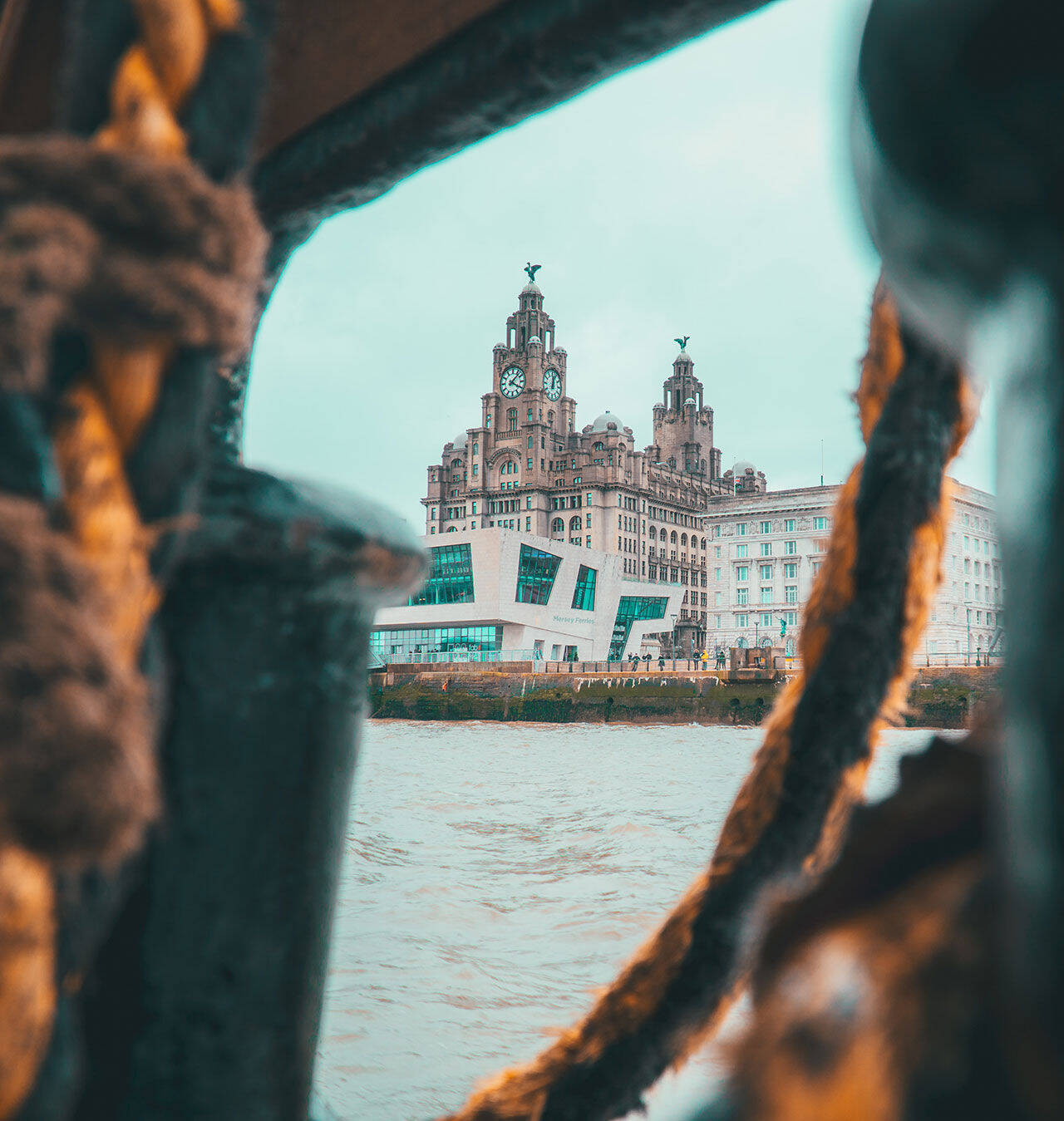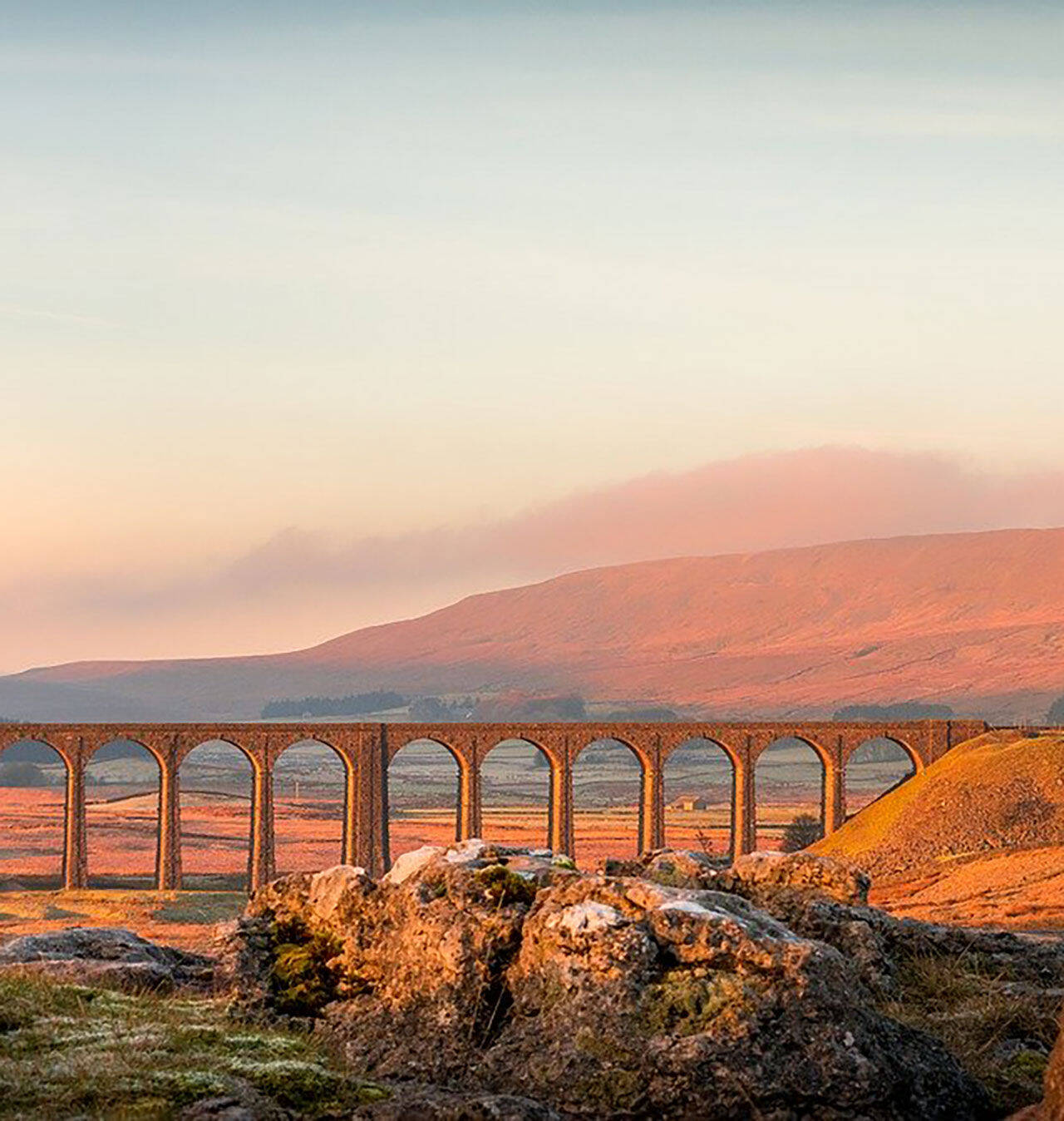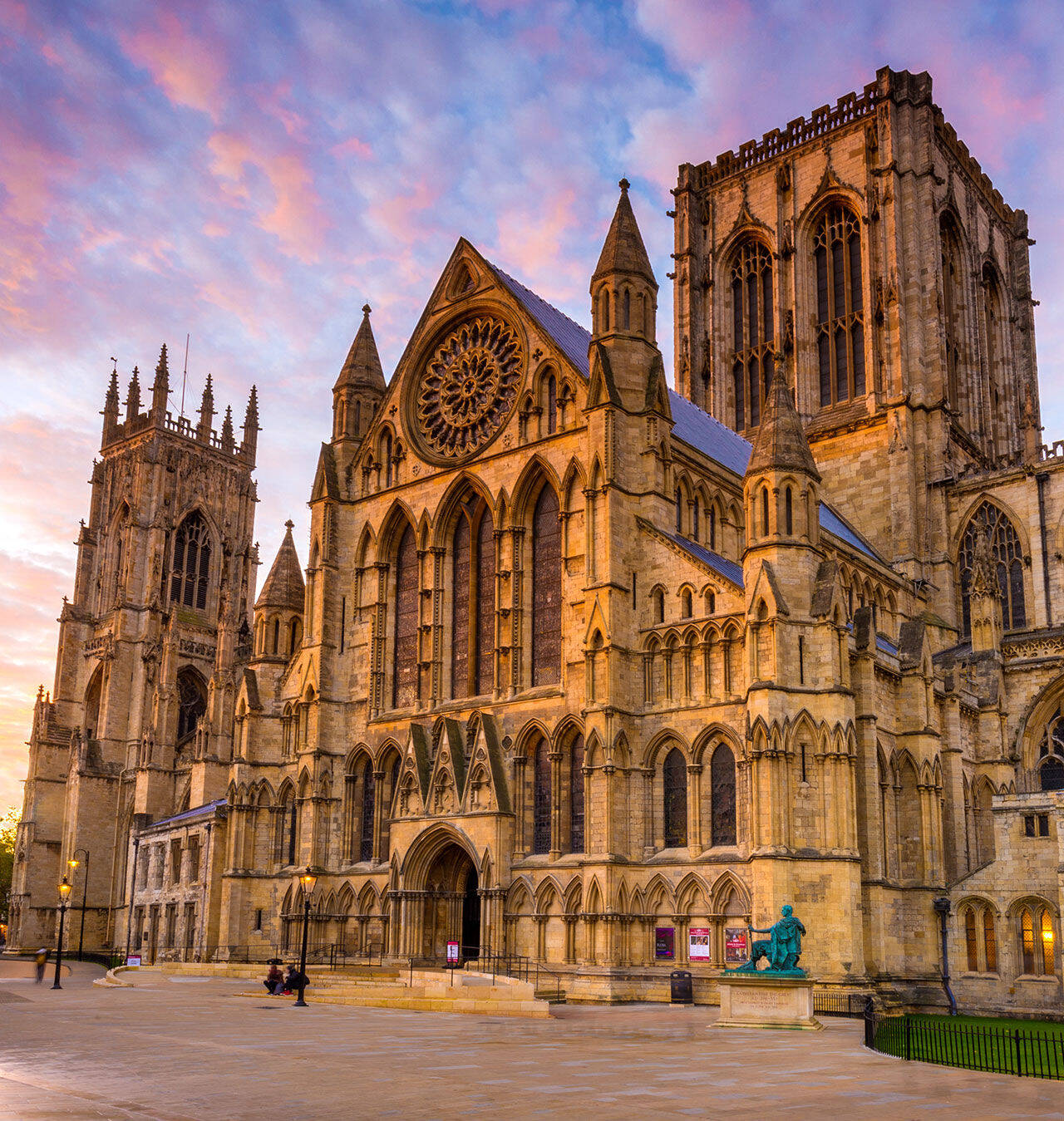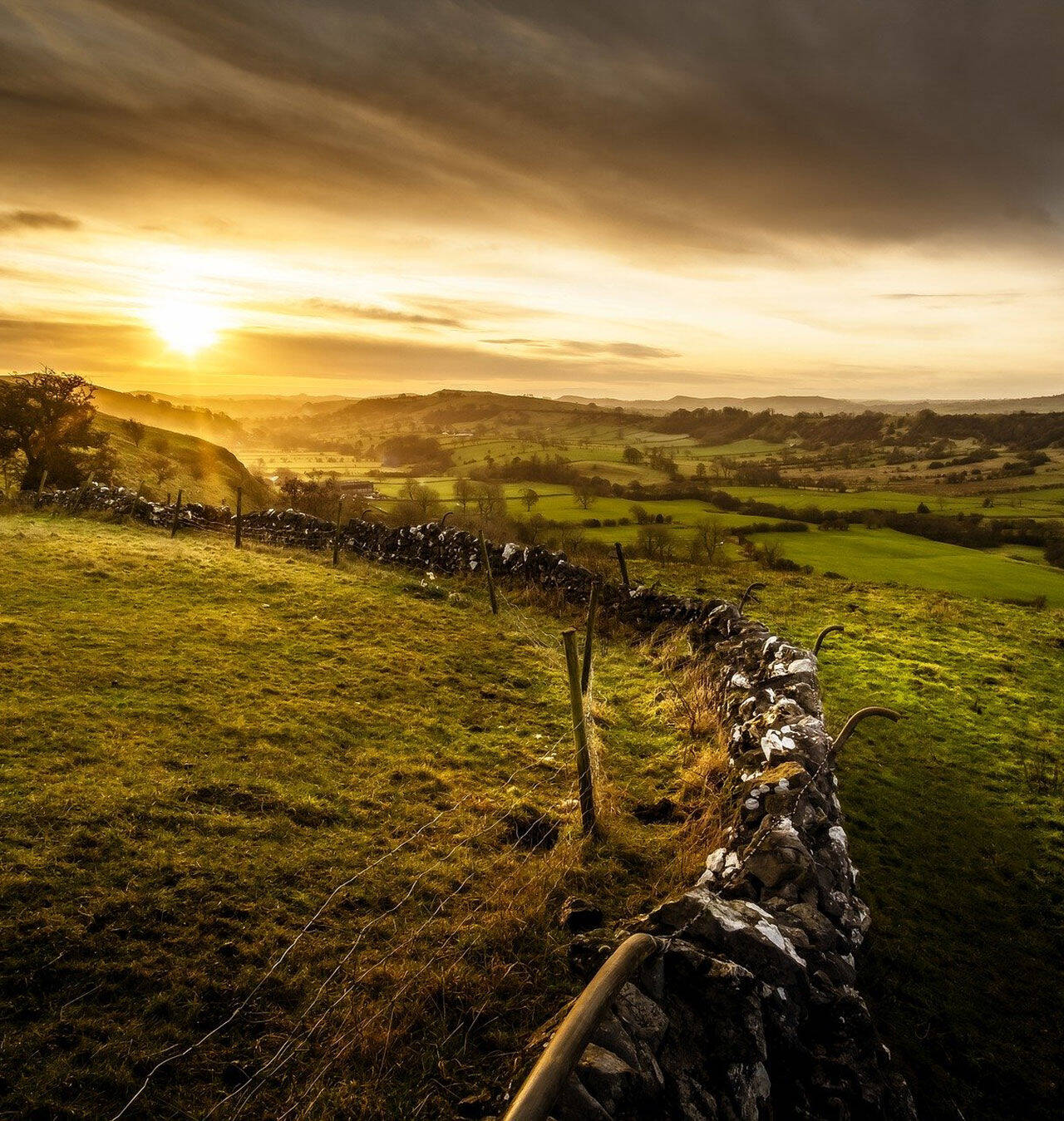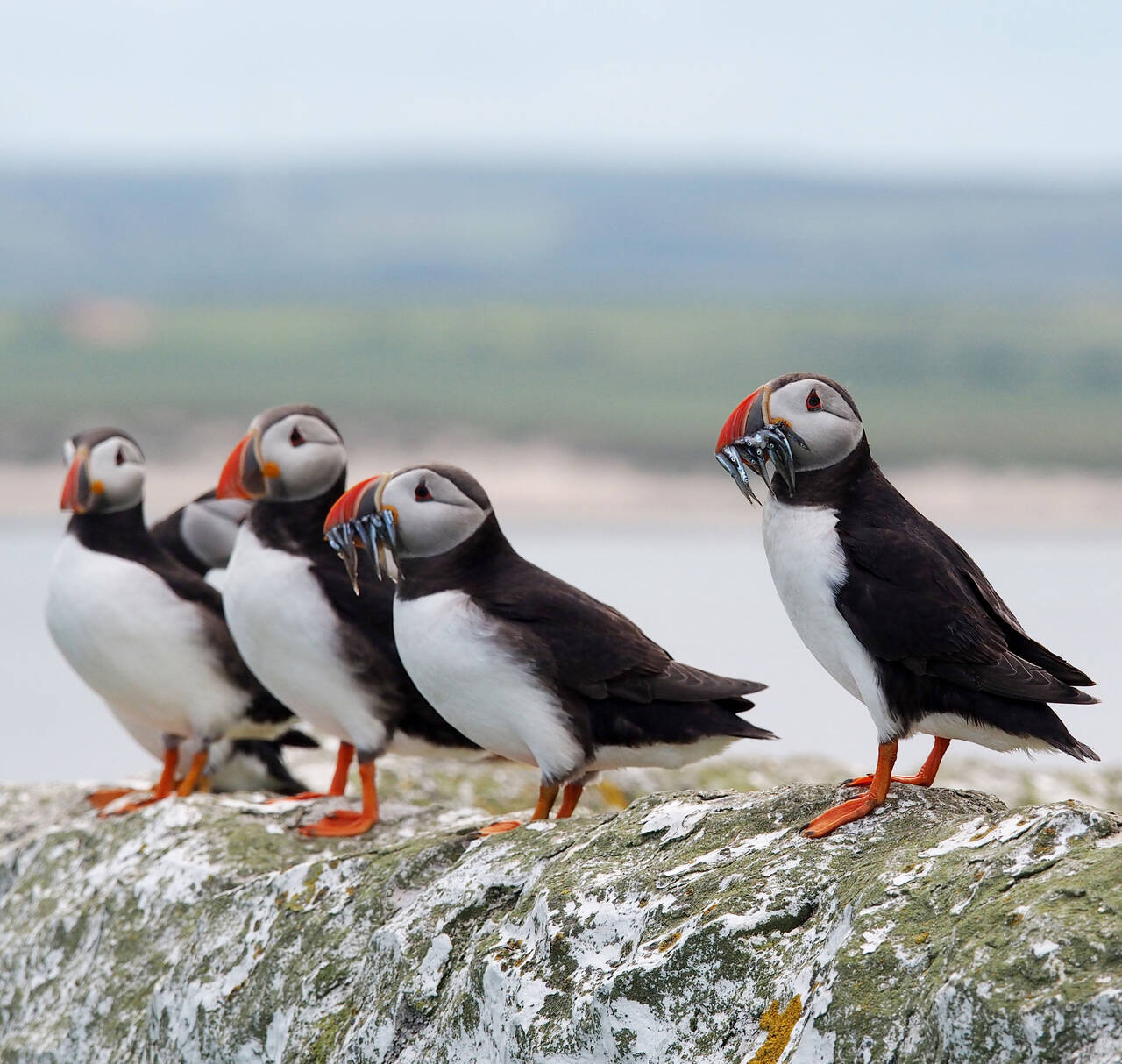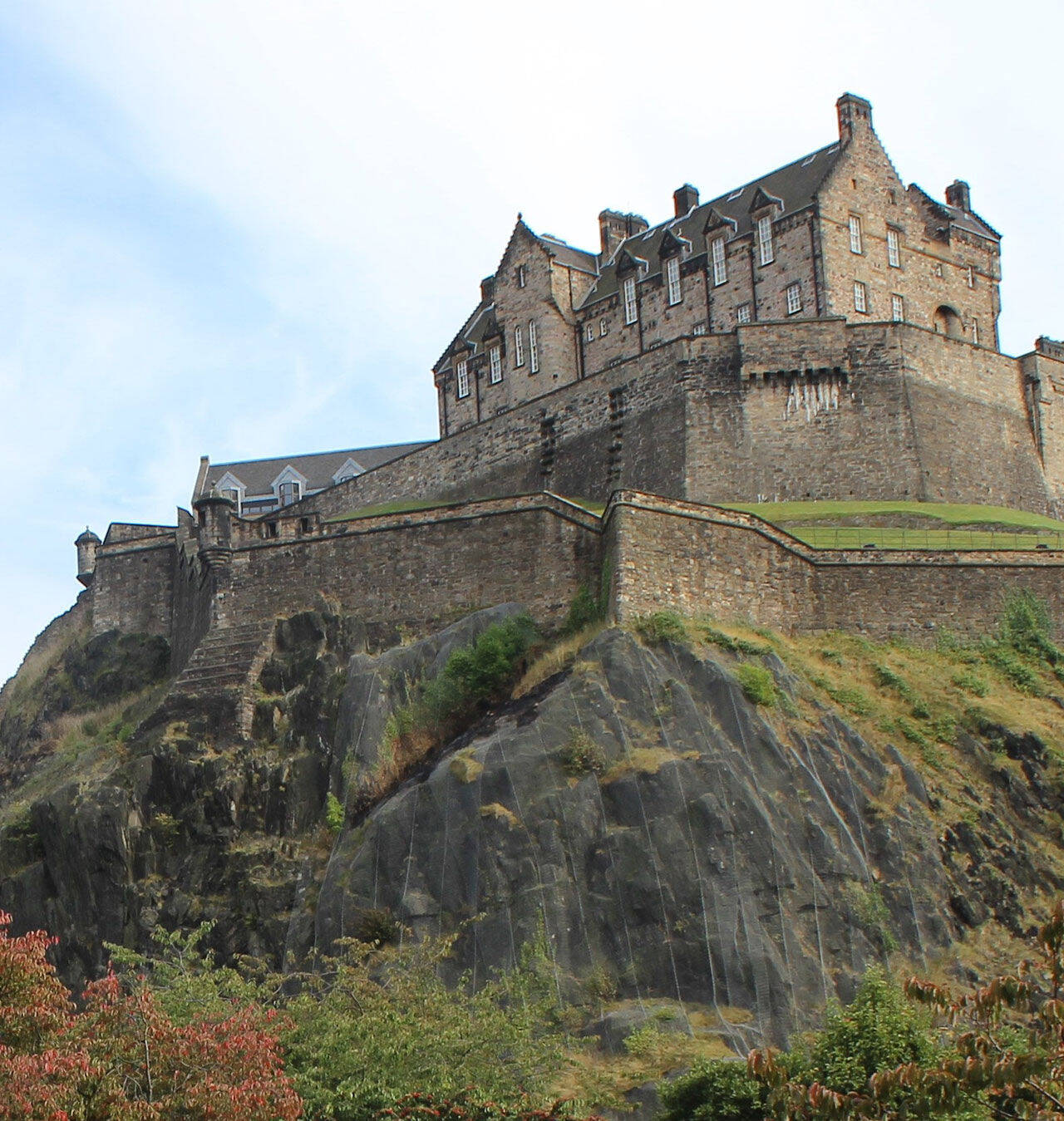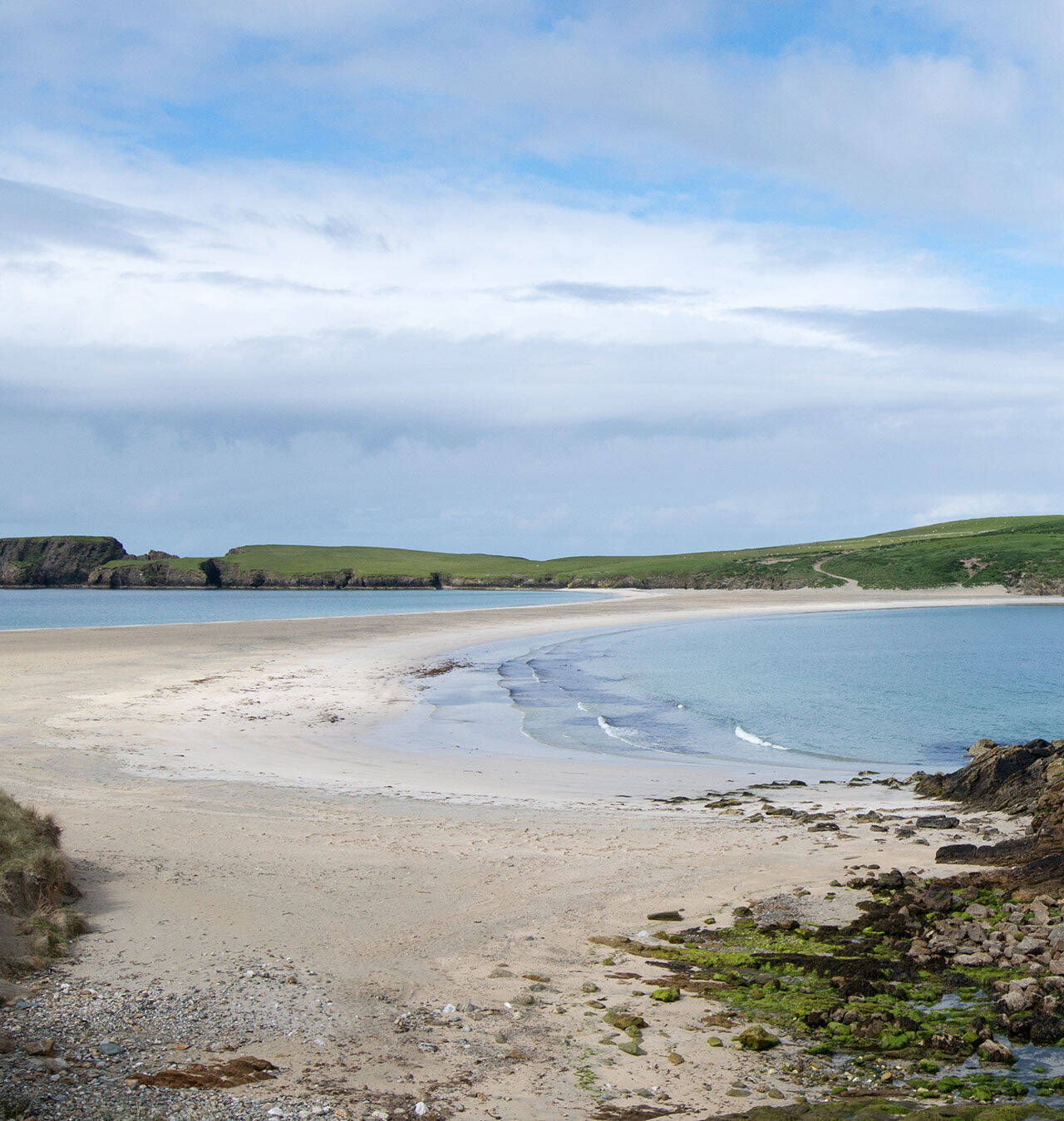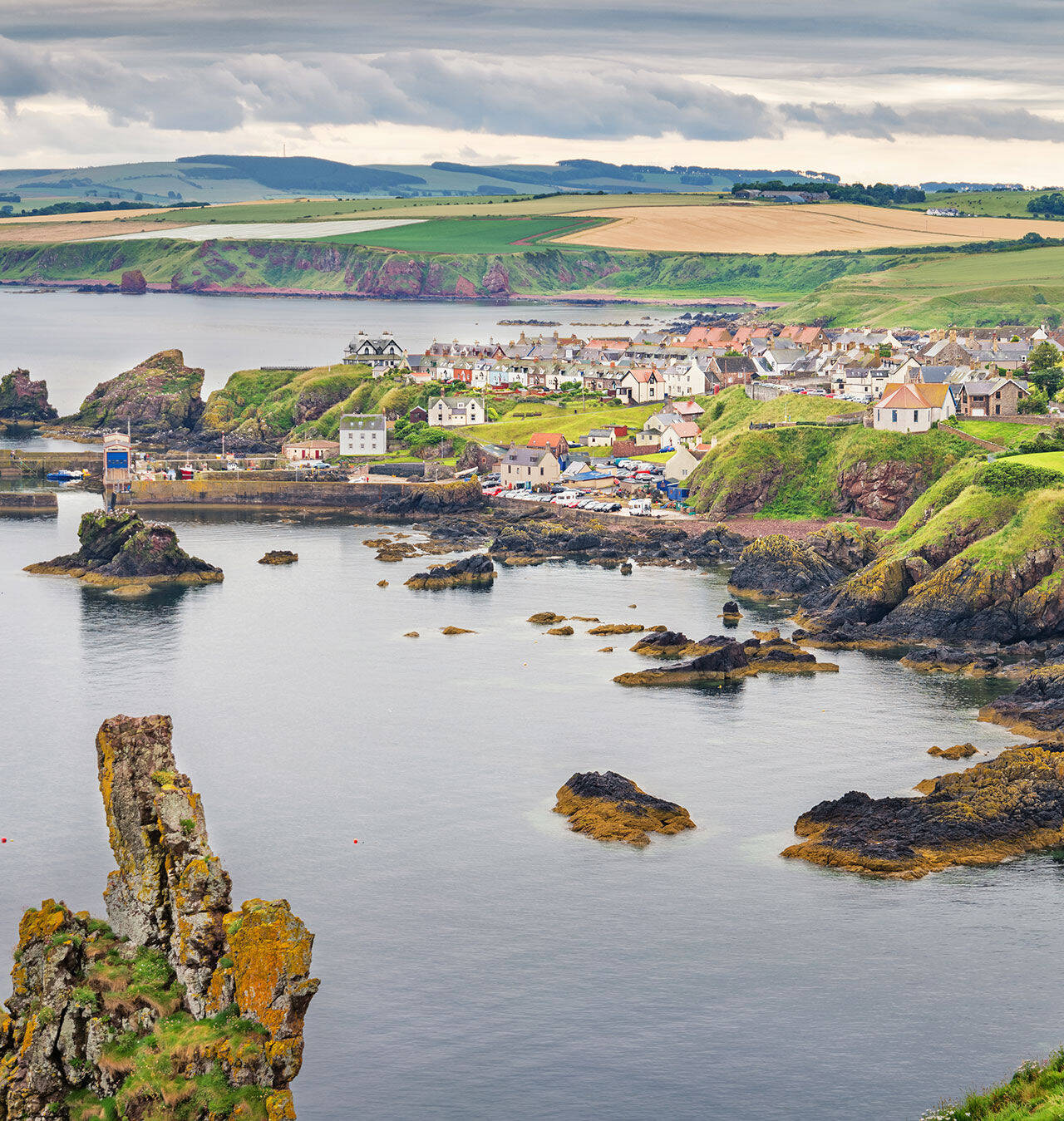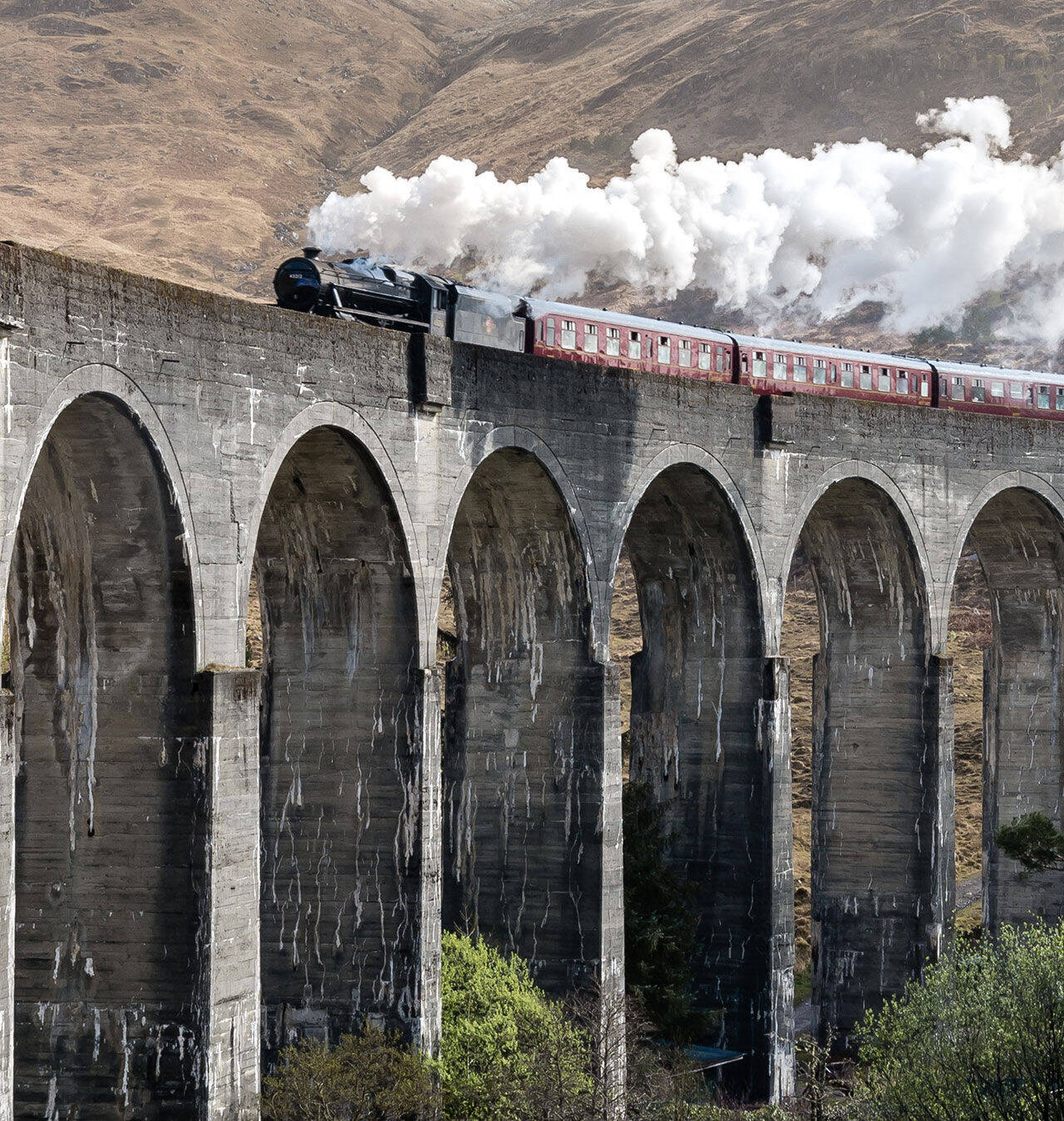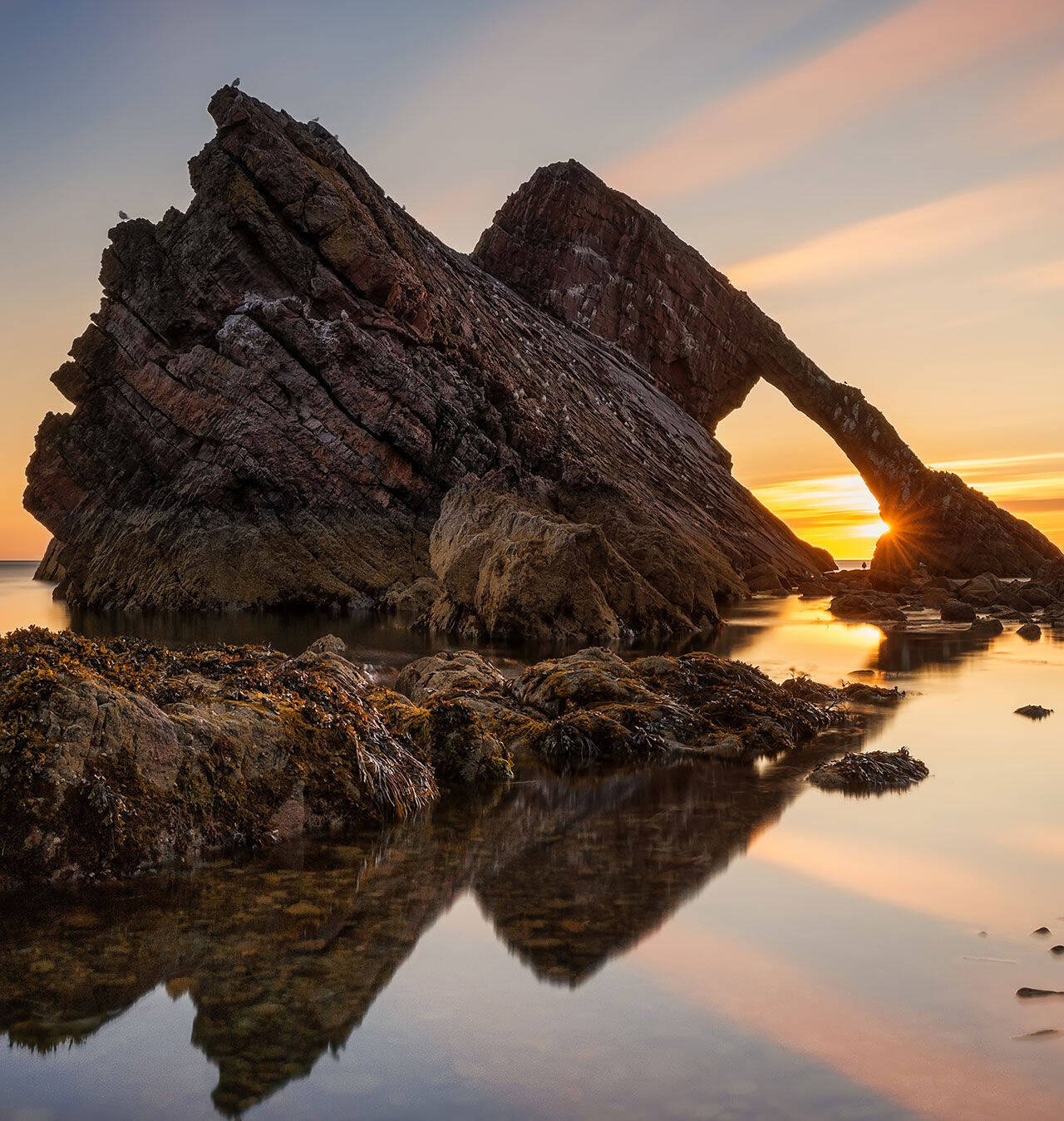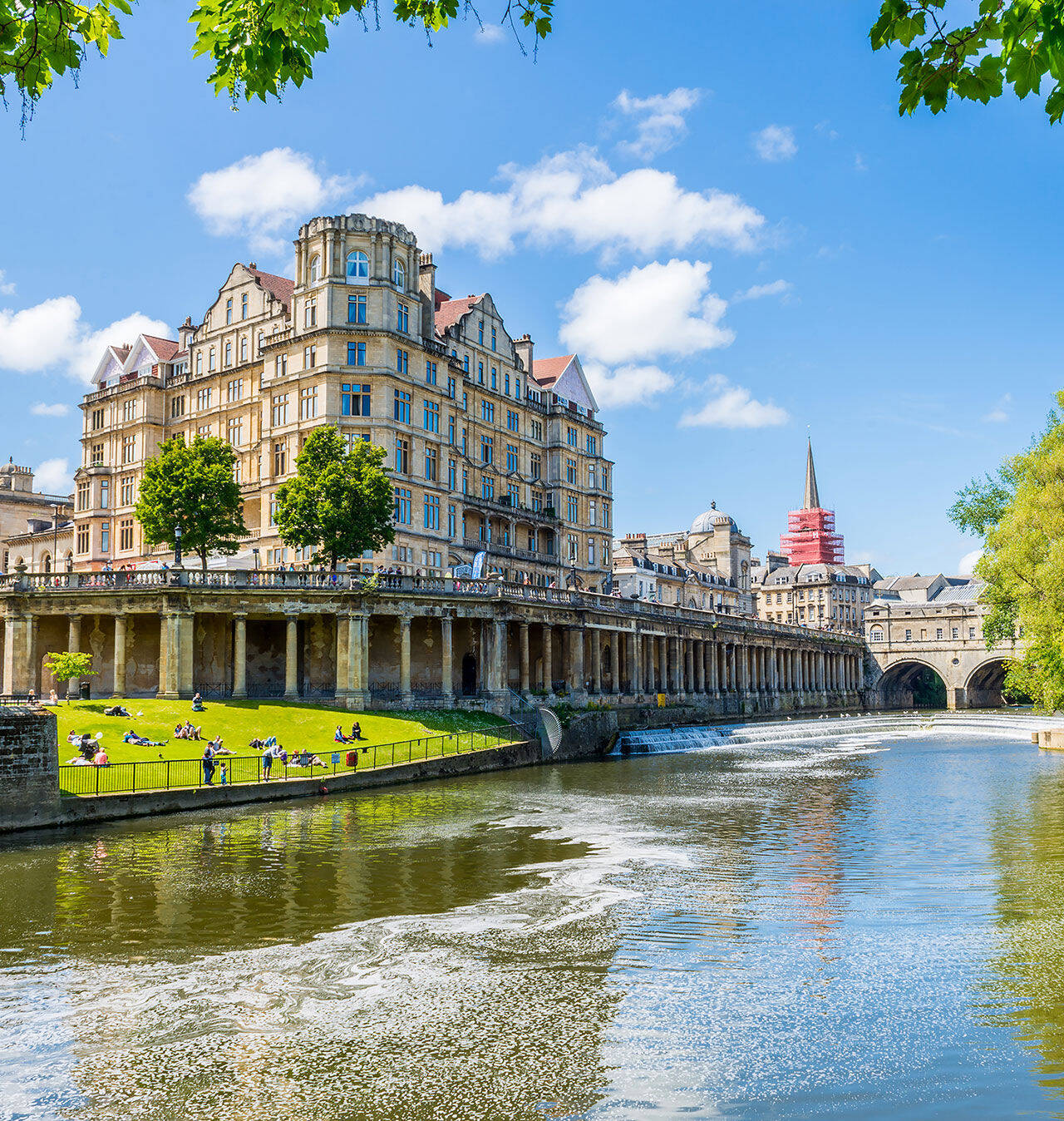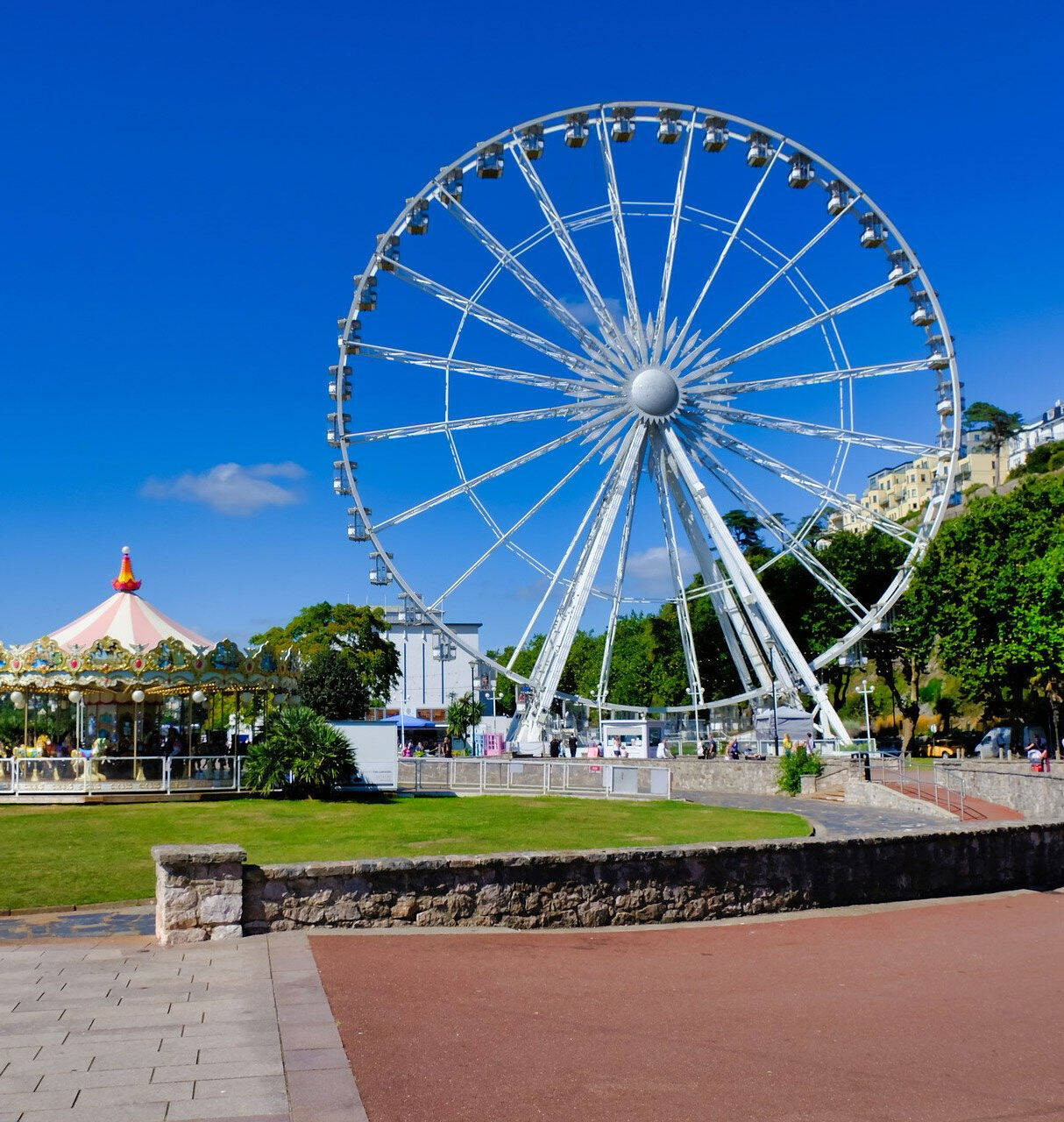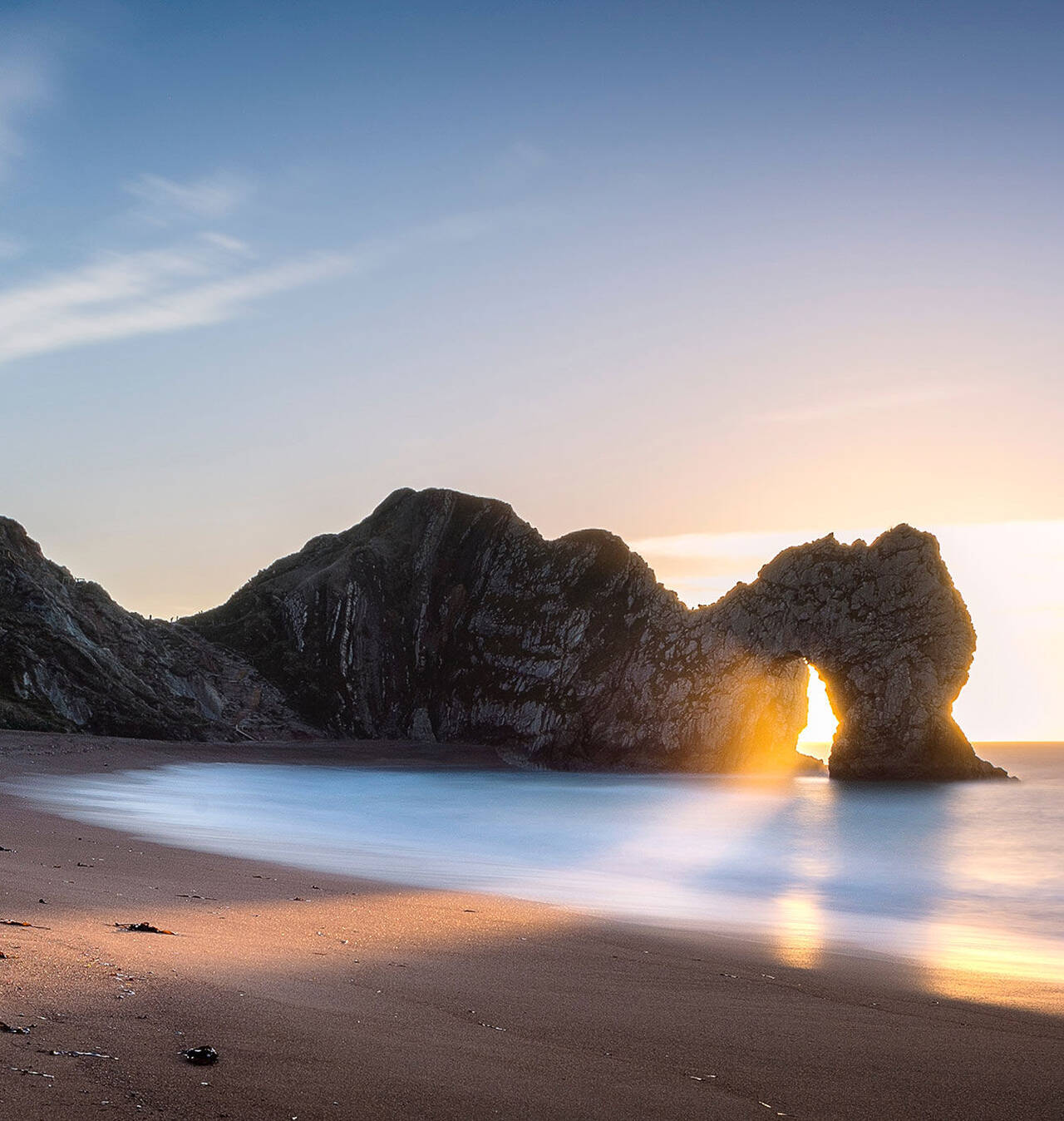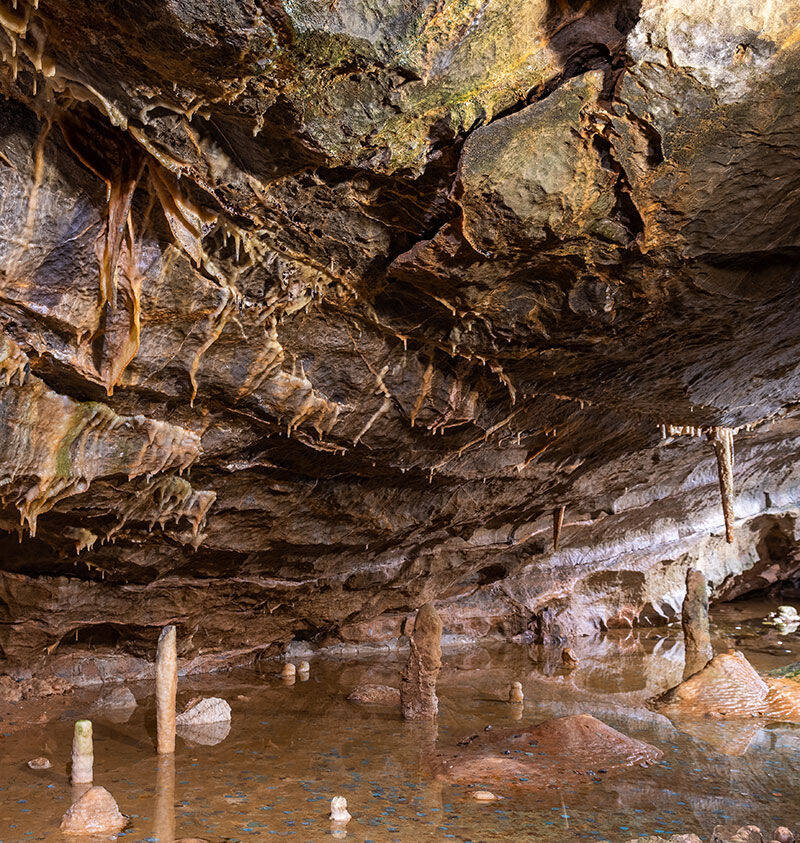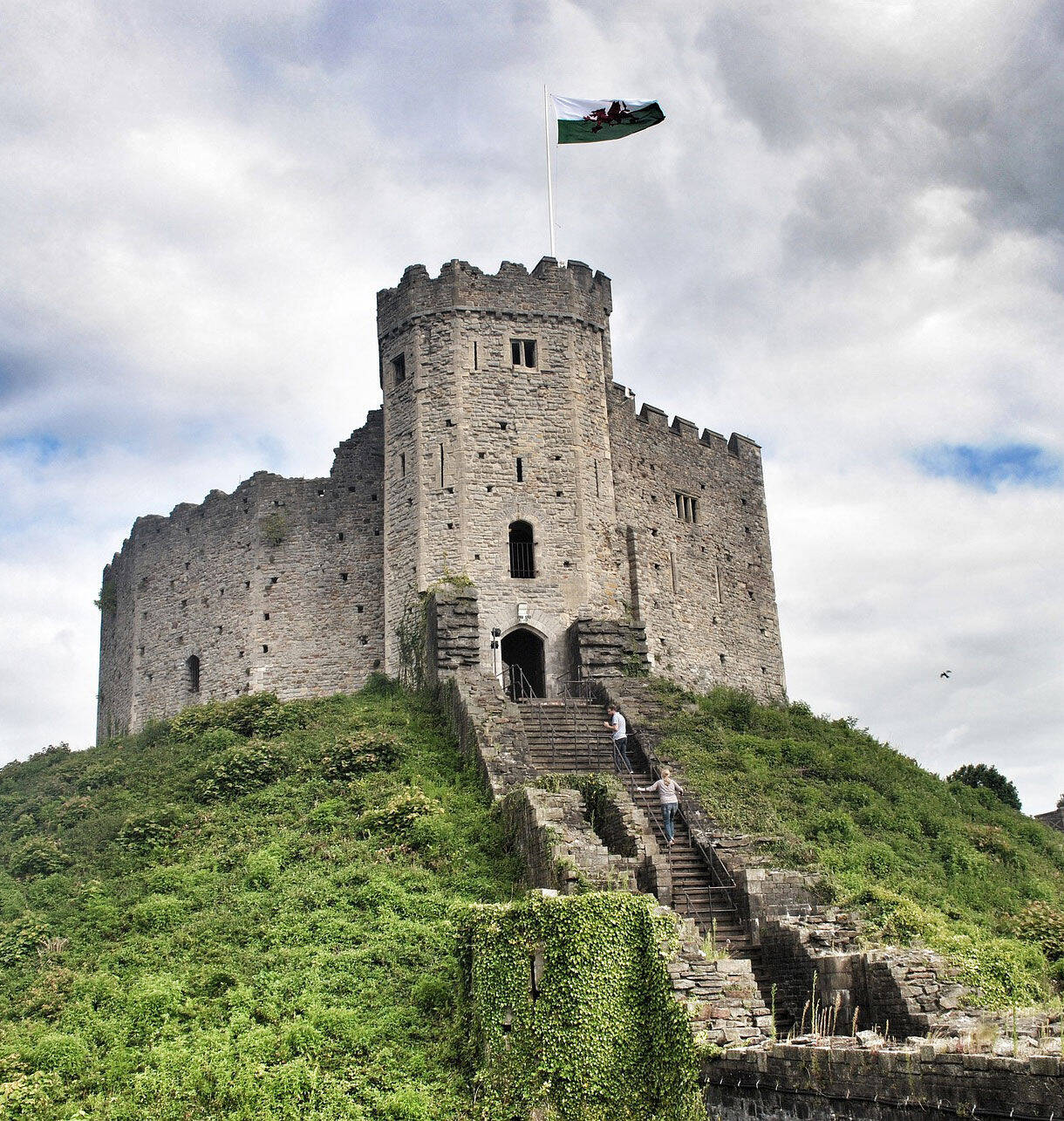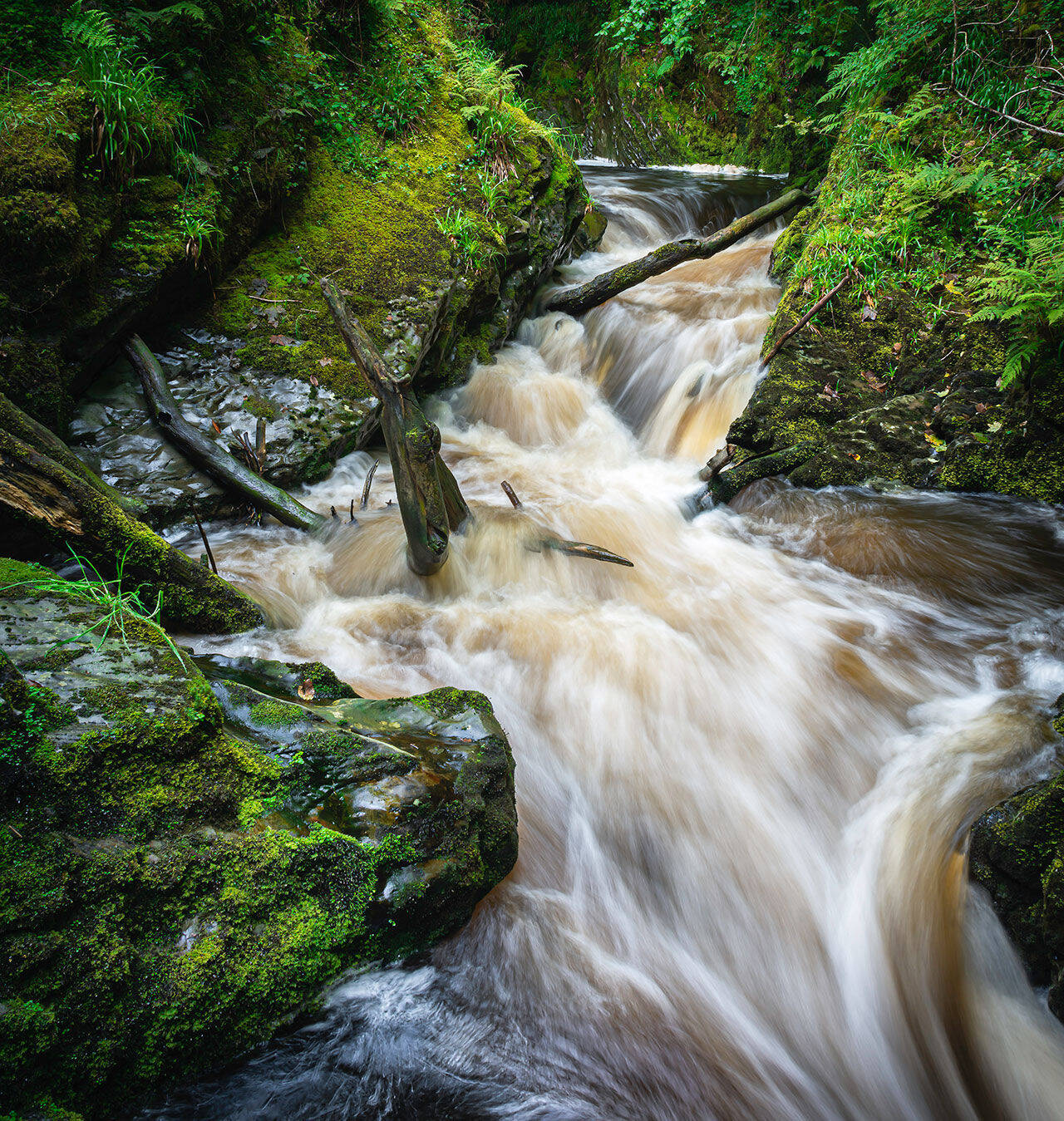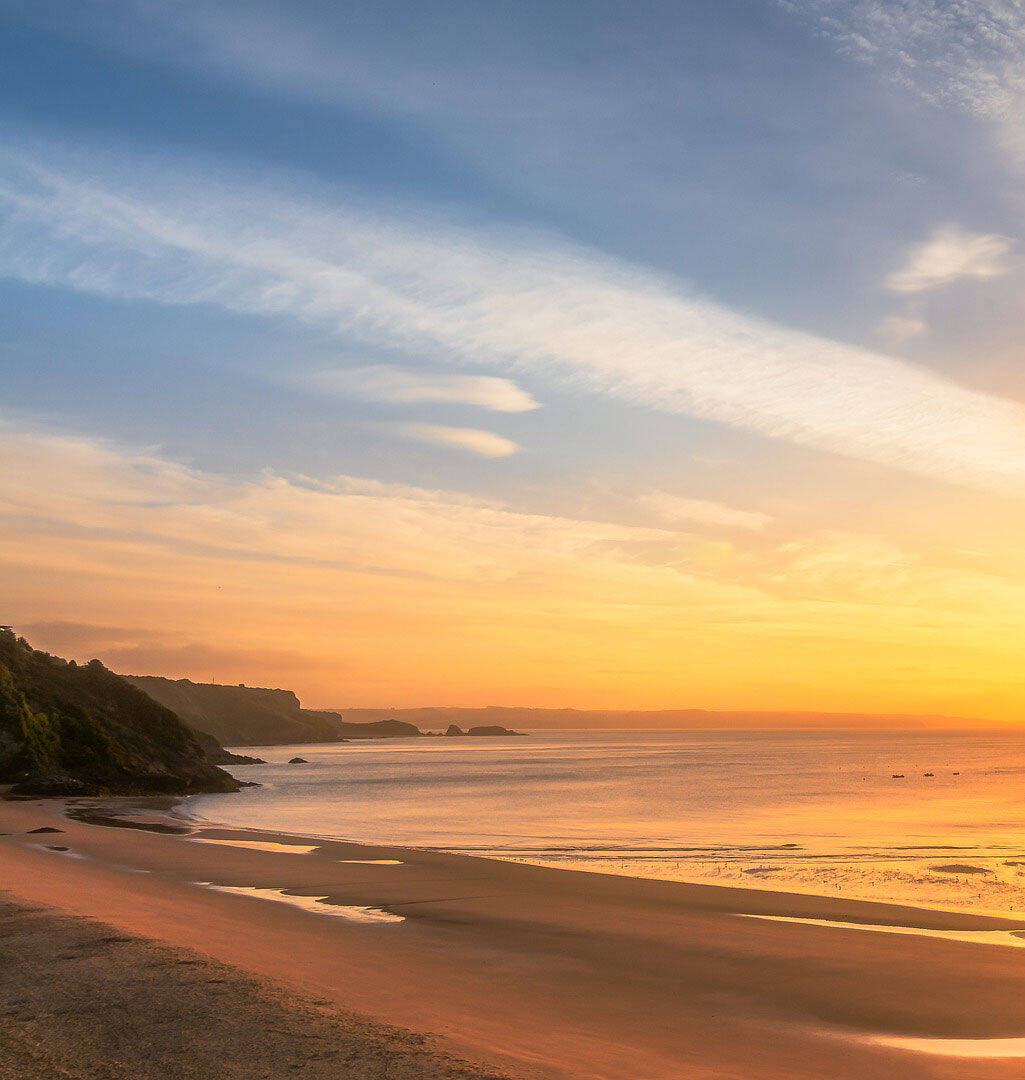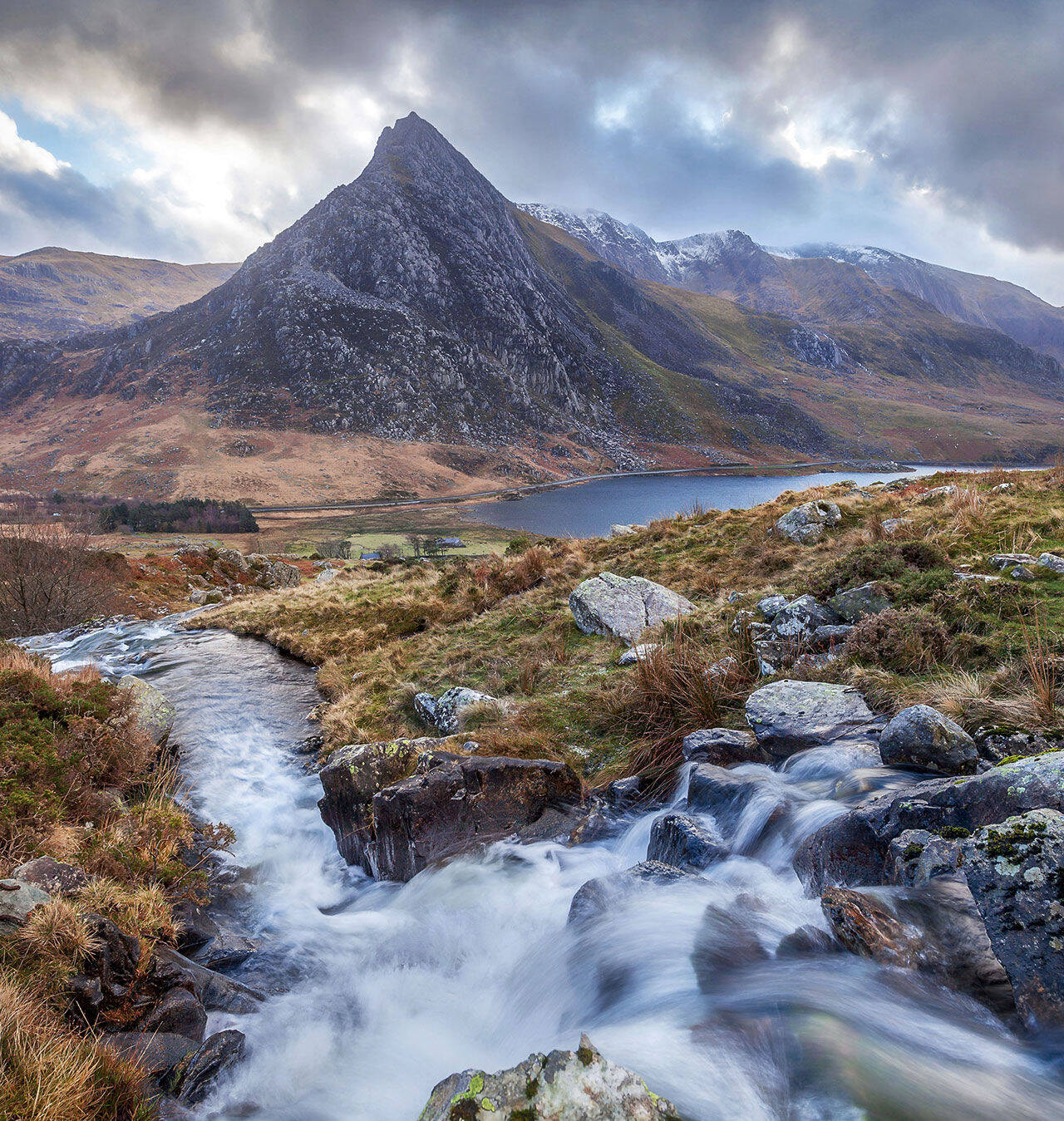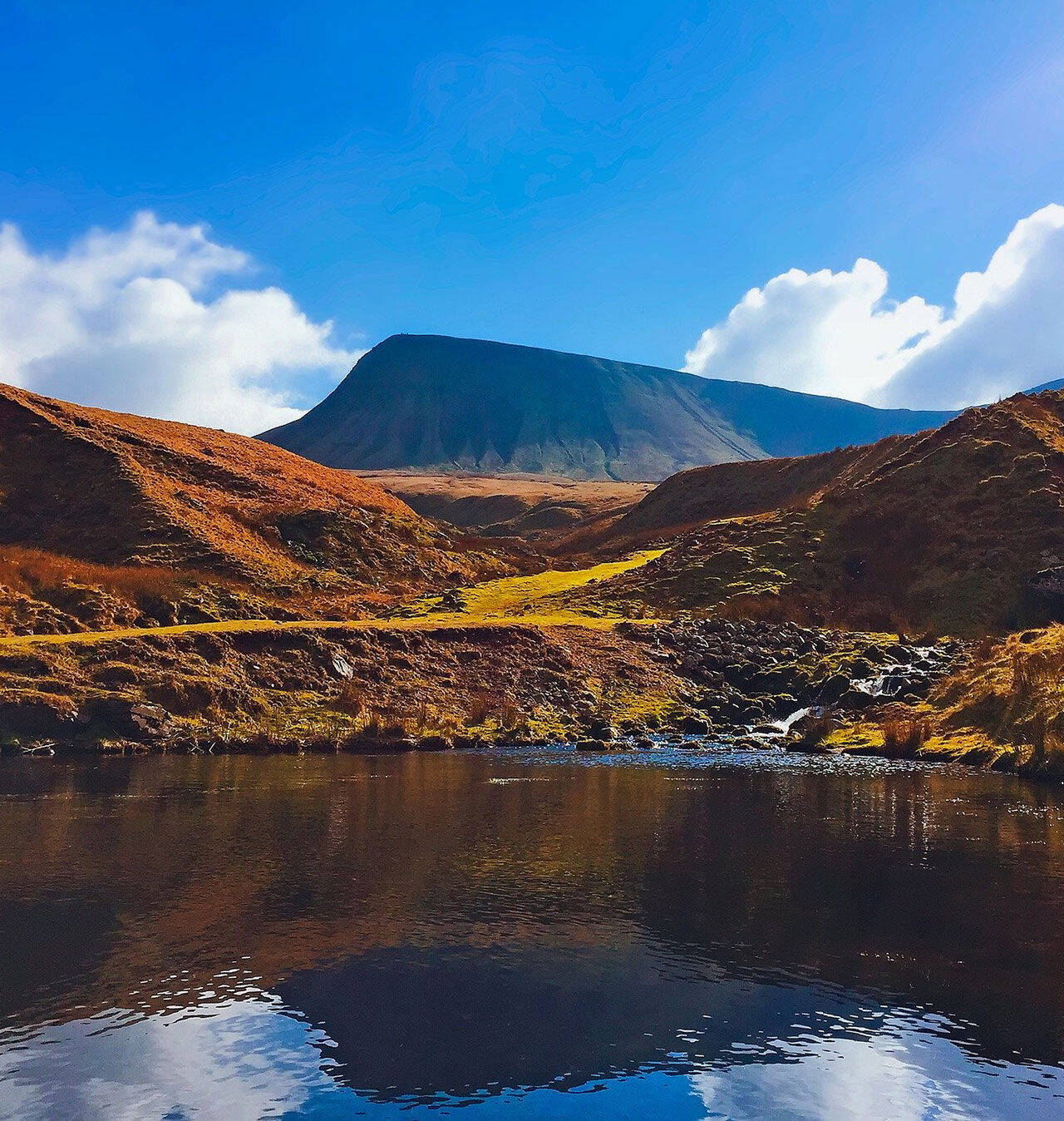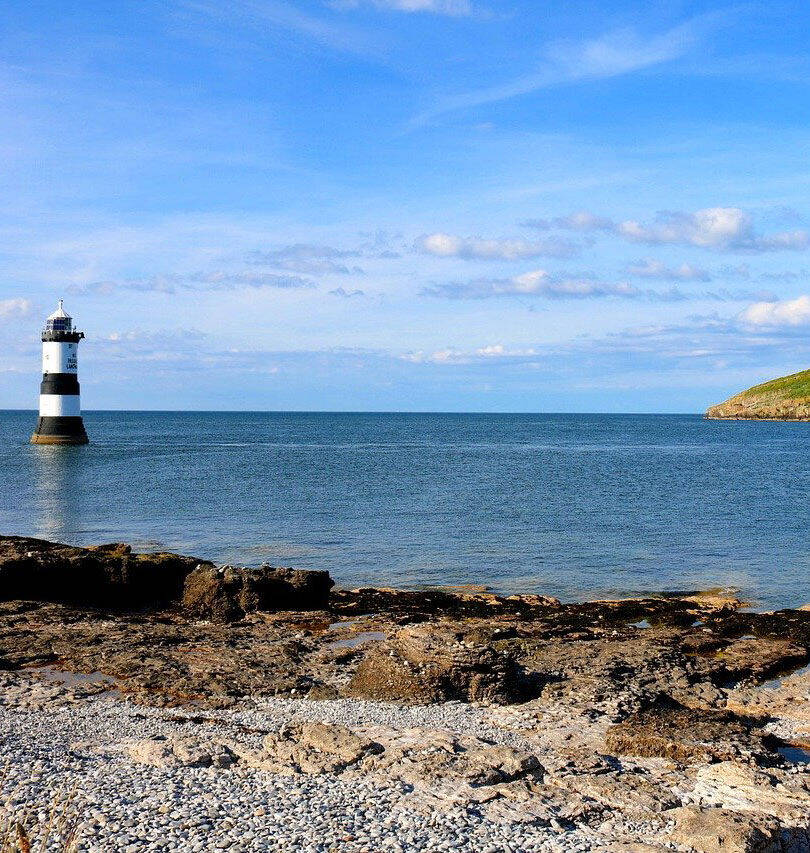
With its spectacular views over coasts and countryside, it’s no wonder 60% of Irish residents are choosing to stay home this year!
From its rich culture of music, sport, gastronomy and literature, there are a whole host of destinations around the Republic of Ireland that will appeal any type of staycation you are looking for. Sit back and take time to read about why staying in Ireland will be the perfect break this year.
What better way to experience Ireland than in the rugged countryside of Killarney National Park! As the oldest national park in the country, the 26,000-acre expanse is a thriving biosphere that is home to Ireland’s tallest mountain, Carrauntoohill, and a host of wonderful wildlife.
Take the day to explore the long loops of woodlands trails around the foothills of the McGillycuddy Reeks Mountain Range. Take in the diverse ecological landscape of native oak and yew woodlands, as well as the tall evergreens, shrubs and lichens. The lakes and waterfalls throughout the park are beautiful and make the perfect setting for a picnic on a bright day. Treading quietly, you might even spot the only herd of red deer that are native to Ireland, or maybe the Sika deer that graze peacefully throughout the park









